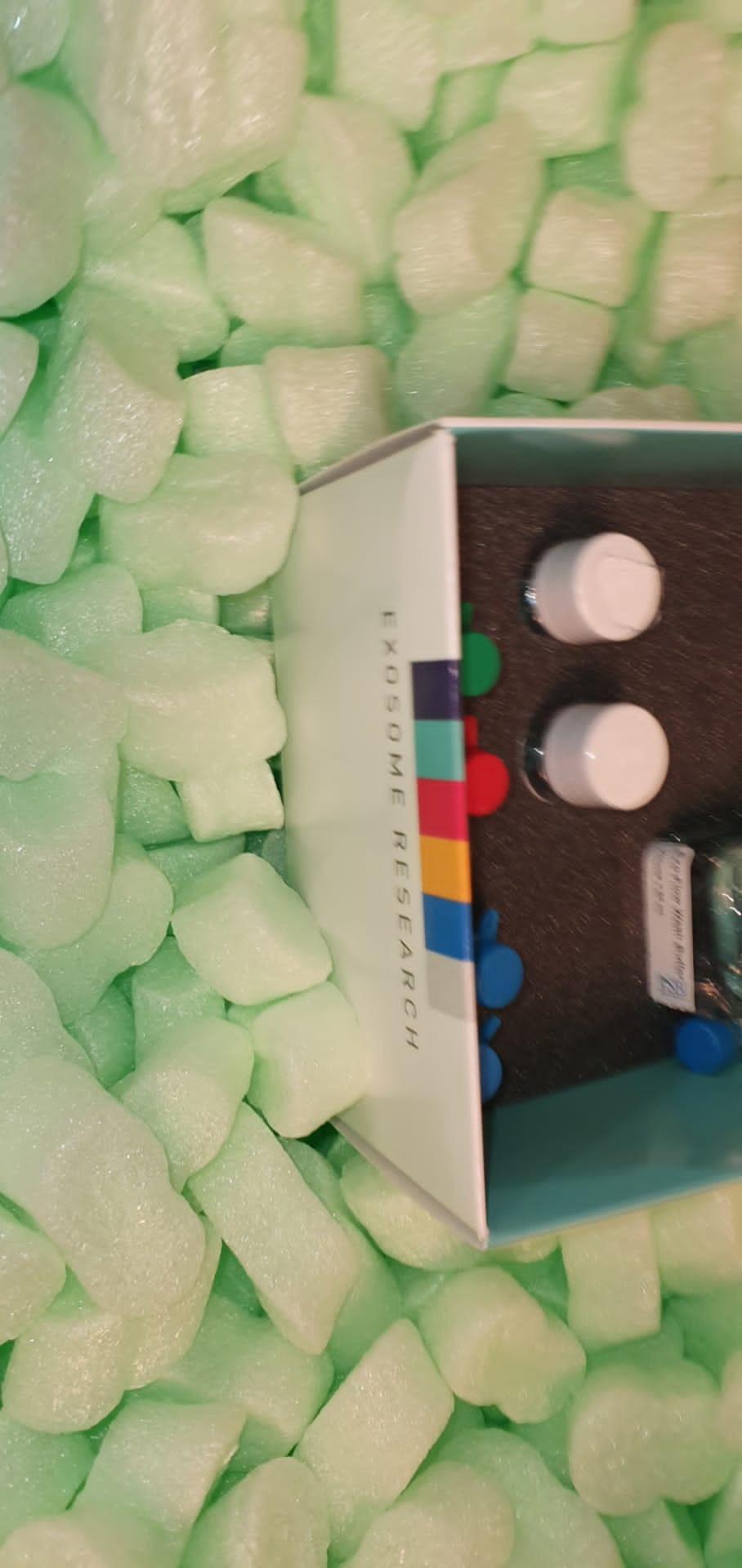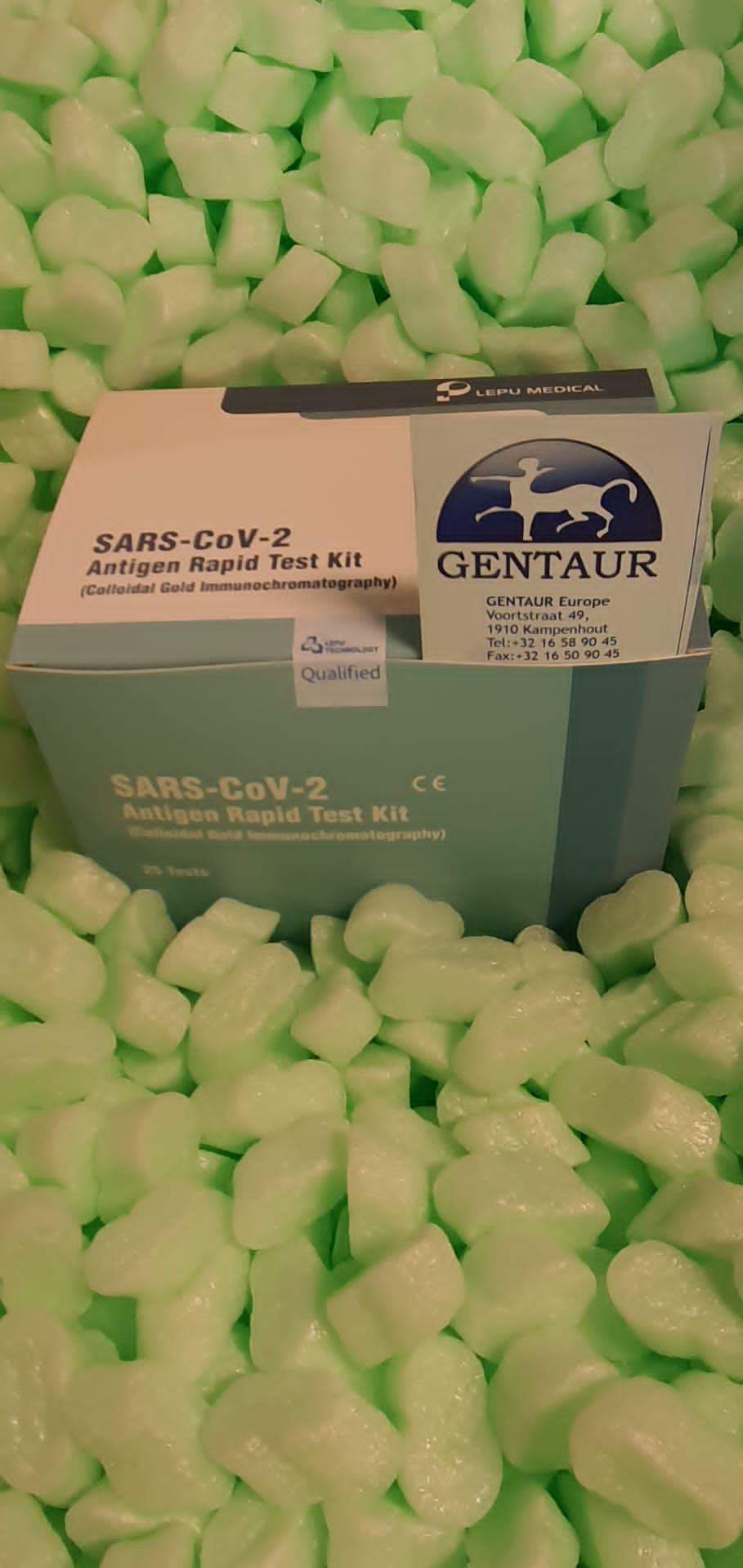MONOCLONAL ANTIBODIES NOMENCLATURE
For all medicines and therapeutic agents , the WHO (World Health Organization) assigns a generic name known as INN ( International Non- proprietary Name ) in order to facilitate the identification of the active pharmaceutical ingredients that comprise it.
This INN is also applicable in the case of monoclonal antibodies , which are assigned a generic name based on a specific schematic structure. The International Nonproprietary Name (INN) for each monoclonal antibody is composed of a prefix, two intermediate particles that serve the type of target to which the monoclonal antibody is directed and the species of origin thereof, respectively, and a common suffix for all of them.
Want to know what the names of the antibodies mean? In this entry we analyze the scheme and the specific structure that is followed in the monoclonal antibody nomenclature.
MONOCLONAL ANTIBODIES NOMENCLATURE
As we said, the name or INN of each monoclonal antibody is assigned based on a scheme that includes 4 aspects:
- Random prefix
- Target type
- Origin species
- Common suffix
Let’s take a closer look at each of them:
1.- RANDOM PREFIX
This part of the monoclonal antibody name or INN does not meet any specific criteria. Its “function” is to distinguish one monoclonal antibody from another (since the name of two antibodies directed at the same target and originating from the same species will only be distinguished by the prefix), so it must be unique, and it is free choice by the manufacturer of the same.
2.- TARGET TYPE
After the random prefix, a particle representing the type of target to which the monoclonal antibody is directed is added. This particle generally consists of a consonant to which a vowel is added only in the case where the particle representing the origin of the antibody begins with a consonant.
3.- ORIGIN SPECIES
Third, the particle corresponding to the origin of the monoclonal antibody is added, and it can be of animal, chimeric, humanized or totally human origin.
4.- SUFFIX
The names of all monoclonal antibodies will always end with the common suffix -mab , indicating that it is an immunoglobulin or a fragment of it, provided that it includes at least one variable domain.
Although the monoclonal antibody nomenclature may seem confusing or complicated at first glance, it is actually very precise and easy to understand based on these criteria that we have just discussed, and which we summarize in the following table:
| Prefix | Target type | Origin species | Suffix |
| Random | -b (a) – bacterial-am (i) – serum amyloid protein (SAP) / amyloidosis (pre-substem)-c (i) – cardiovascular-f (u) – fungal-gr (o) – skeletal muscle mass related growth factors and receptors (pre-substem)-k (i) – interleukin-l (i) – immunomodulating-n (e) – neural-s (o) – bone-tox (a) – toxin-t (u) – tumor-v (i) – viral | a- rat-axo- rat-mouse (pre-substem)-e- hamster-i- primate-o- mouse-u- human-vet- veterinary use (pre-substem)-xi- chimeric-xizu- chimeric-humanized-zu- humanized | -mab |
To finish, we leave you some examples to understand the information provided by the monoclonal antibody nomenclature:
- BASILIXIMAB
- Basi- (prefix)
- -li- (immunomodulator)
- -xi- (of chimeric origin)
- -mab (monoclonal antibody)
- INFLIXIMAB
- Inf- (prefix)
- -li- (immunomodulator)
- -xi- (of chimeric origin)
- -mab (monoclonal antibody)
- PALIVIZUMAB
- Pali- (prefix)
- -vi- (against a viral antigen)
- -zu- (humanized)
- -mab (monoclonal antibody)
- TRASTUZUMAB
- Tras- (prefix)
- -tu- (against tumor antigens)
- -zu- (humanized)
- -mab (monoclonal antibody)



